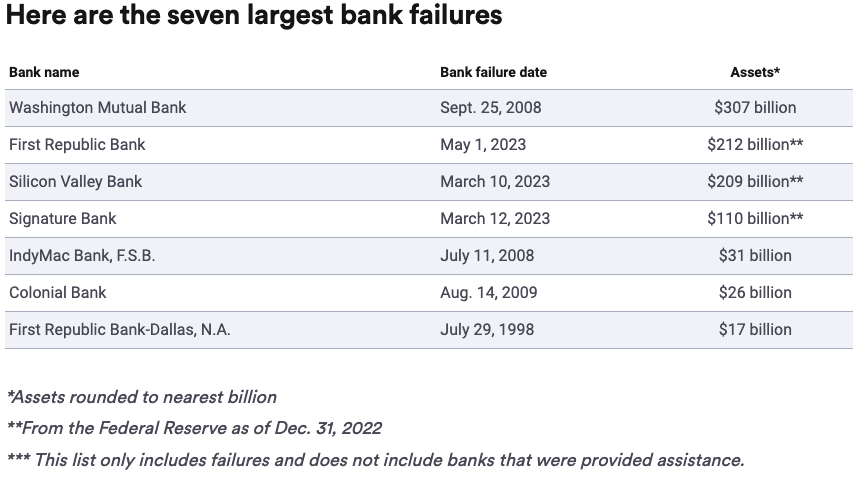
Understanding Unrealized Losses: A Closer Look at Banks' Books in 2023
Unrealized losses are a critical aspect of a bank’s financial landscape, often causing a ripple effect in the broader economy. In 2023, financial institutions find themselves grappling with billions in unrealized losses, prompting concerns and discussions about their implications. Let’s delve into what unrealized losses mean and why they matter.
Unraveling Unrealized Losses:
Unrealized losses occur when the market value of an asset falls below its book value, but the asset is still being held by the bank. Essentially, it’s a paper loss that becomes realized only if the asset is sold. Banks hold a diverse portfolio of assets, including securities, loans, and other financial instruments. Fluctuations in market conditions, interest rates, or economic uncertainties can trigger these unrealized losses.
The Significance for Banks:
For banks, acknowledging unrealized losses is a crucial accounting practice. It provides a transparent view of the actual value of their assets in the current market environment. However, these losses can be a double-edged sword. While they reflect the reality of the market, they also impact a bank’s overall financial health, potentially influencing investor confidence and regulatory scrutiny.
The Dynamics in 2023:
In 2023, the global economic landscape has faced unprecedented challenges, ranging from geopolitical tensions to public health crises. These factors have contributed to heightened volatility in financial markets, affecting the values of assets held by banks. As a result, financial institutions find themselves contending with significant unrealized losses across their portfolios.
Billions in Unrealized Losses:
The sheer scale of unrealized losses held by banks in 2023 has raised eyebrows and prompted closer scrutiny. The affected assets range from government bonds to mortgage-backed securities, reflecting the diverse nature of a typical bank’s investment portfolio. The realization of these losses depends on various factors, including the bank’s risk management strategies and market conditions.
Implications for the Economy:
The presence of substantial unrealized losses in banks’ books can have broader implications for the economy. It may limit banks’ capacity to extend credit, slowing down economic growth. Additionally, the potential need for banks to raise capital to cover losses could impact their stock prices and overall stability.
Conclusion:
Unrealized losses are an intrinsic part of the banking landscape, acting as both a reflection of market realities and a potential source of financial strain. In 2023, as banks grapple with billions in unrealized losses, it underscores the interconnectedness of financial institutions with global economic conditions. Understanding these dynamics is essential for investors, regulators, and the general public to navigate the complexities of the financial world. In our next article we will contrast the financial strength of banks with the financial strength of Life Ins companies.

